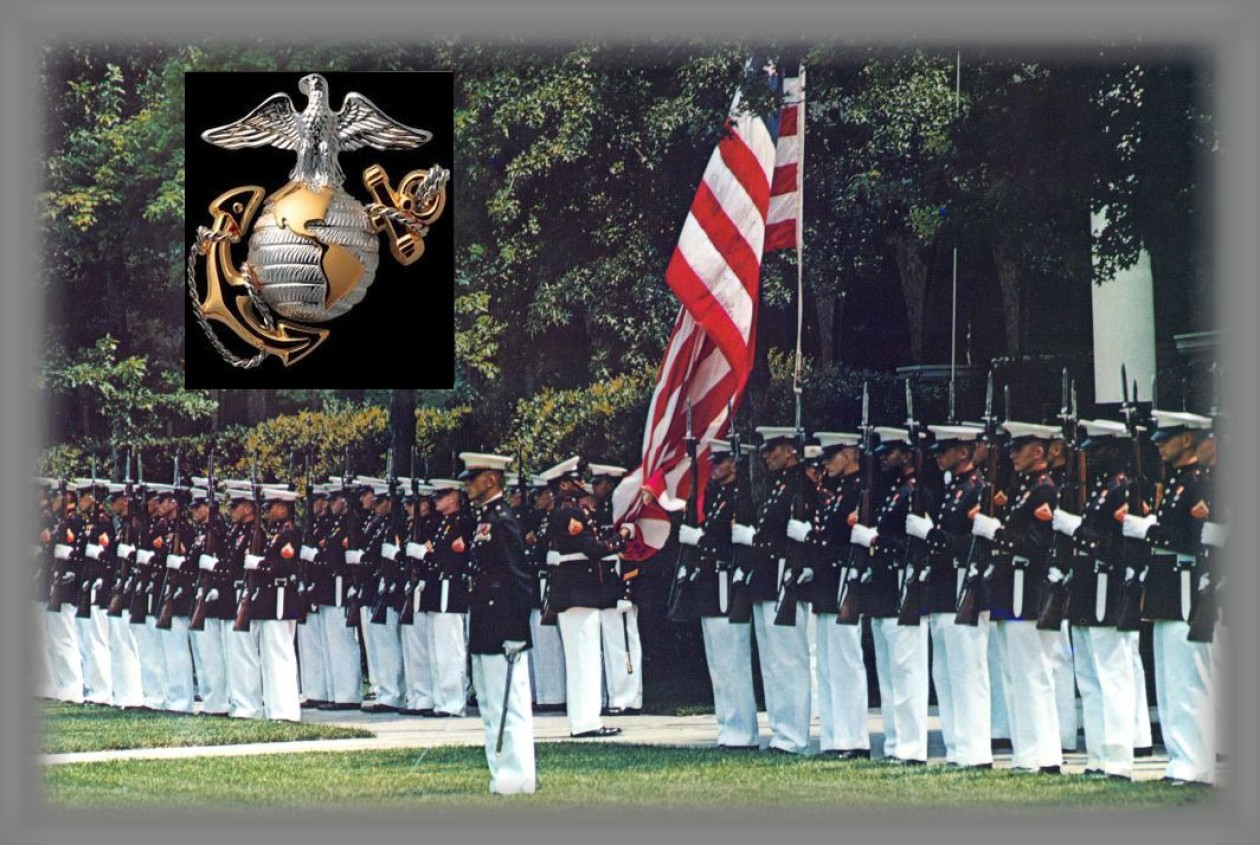Well written piece by a Cmdr USN, (ret)
SECNAV Spencer is a fan of the business book, “Who Moved My Cheese?” During his confirmation hearing, in a discussion of the challenges facing our Navy, he stated,
There’s a lot of cheese-moving that has to be done.
What does he mean regarding “cheese-moving?” From the review of the book from Library Journal;
This is a brief tale of two mice and two humans who live in a maze and one day are faced with change: someone moves their cheese. Reactions vary from quick adjustment to waiting for the situation to change by itself to suit their needs. This story is about adjusting attitudes toward change in life, especially at work. Change occurs whether a person is ready or not, but the author affirms that it can be positive. His principles are to anticipate change, let go of the old, and do what you would do if you were not afraid.
Well SECNAV, you don’t have to look for where the cheese is when it’s dropped right in your lap.
A tragedy can often be a catalyst for change. Tragedy often comes from a failure and it can open an opportunity to address root causes of that failure if the right leadership has the right tools and vision.
There is no question that our Surface community has a systemic problem in how it accesses, trains, rewards, and utilizes its Surface Warfare Officers. It was an identified problem when I was a MIDN three decades ago, and the commentary and panel discussions over the years on the topic are almost beyond counting.
To survive that culture has become a strange badge of cultural honor like Black Lung was to coal miners a century ago, or surviving the hazing rituals of the old Soviet Red Army. That isn’t a good thing – yet we allow it to persist.
Has this culture produced excellence? That is an open question. It is generally considered by both long time friends and potential future foes that though though the US Navy may be the largest navy, it is not the most proficient navy when it comes to fundamental seamanship. Training is part of that, but culture is the primary cause.
The USS ANTIETAM in January, USS LAKE CHAMPLAIN in February, USS FITZGERALD in June, and this month’s USS JOHN S. MCCAIN are giving a clear signal – again – that the long-standing critique is correct.
We can fix this, but we must have the will to do so.
This AM, retired Admiral James Stavridis tweeted out four areas to look at;
Looking at Navy chain of collisions there are five factors to consider –leadership, equipment, training, pace of ops, and number of ships— stavridisj (@stavridisj) August 23, 2017
Especially the first three factors, this is spot on – and is where the SECNAV should focus.
To address this challenge, we do not need another Balisle Report to be put on a shelf until the next tragedy. We can fire CO & XO every day and Fleet Commanders every fortnight and it will not move the ball forward.
No, we need an unbounded review of the career training, progression, and incentives for our Surface Warfare Officers. Get that right, and then focus on equipment and the rest.
We do not need industry “experts” or consultants. We’ve tried that, it doesn’t work. Operational Pauses are nice and needed, but they are band-aids on a melanoma. Time to try something different.
First, invite the last three Royal Navy exchange officers who deployed with USS Winston S. Churchill (DDG 81) for a Chatham House Rule open-ended discussion.
Next, get a gaggle of Fleet Lieutenants, one each, on sea duty based out of Norfolk, Mayport, San Diego, Pearl Harbor, and Japan. No DC LT. No shore duty guys. If you need recommendations, drop me an email. In 72-hrs I’ll have a list of experienced, opinionated, critically thinking JOs who would be glad to talk to you – and no; you don’t need more than five. Spend an hour 1-on-1 with them, and then the next day talk to them as a group from 0800-1100. Just you.
When that is done, call your counterparts in the UK and The Netherlands. They are generally regarded as some fo the best out there, and have a service culture of speaking bluntly. Ask them how they develop their Surface Warfare Officers, and what their SWOs think of their American counterparts. They have opinions – trust me.
When that background is done, then you will have a bit of objective information you will need to engage with the bureaucracy that is set in their ways, scared of change, and insecure in their own beliefs. They will offer the same bromides and excuses they’ve rolled in the way of any meaningful change focused on the core seamanship shortcomings and perverse incentives that are the source of our problems.
We have good uniformed leadership in place, but to do more than publish reports and relieve people of Command, they need more. To instead change culture, habits, policies, and attitudes that no longer provide the best solution for our Navy – they will need a SECNAV with the drive, vision, and endurance to lead them to a better surface force.
Oh, there are still over four months left in 2017.
Originally posted 2017-09-01 09:33:04.




